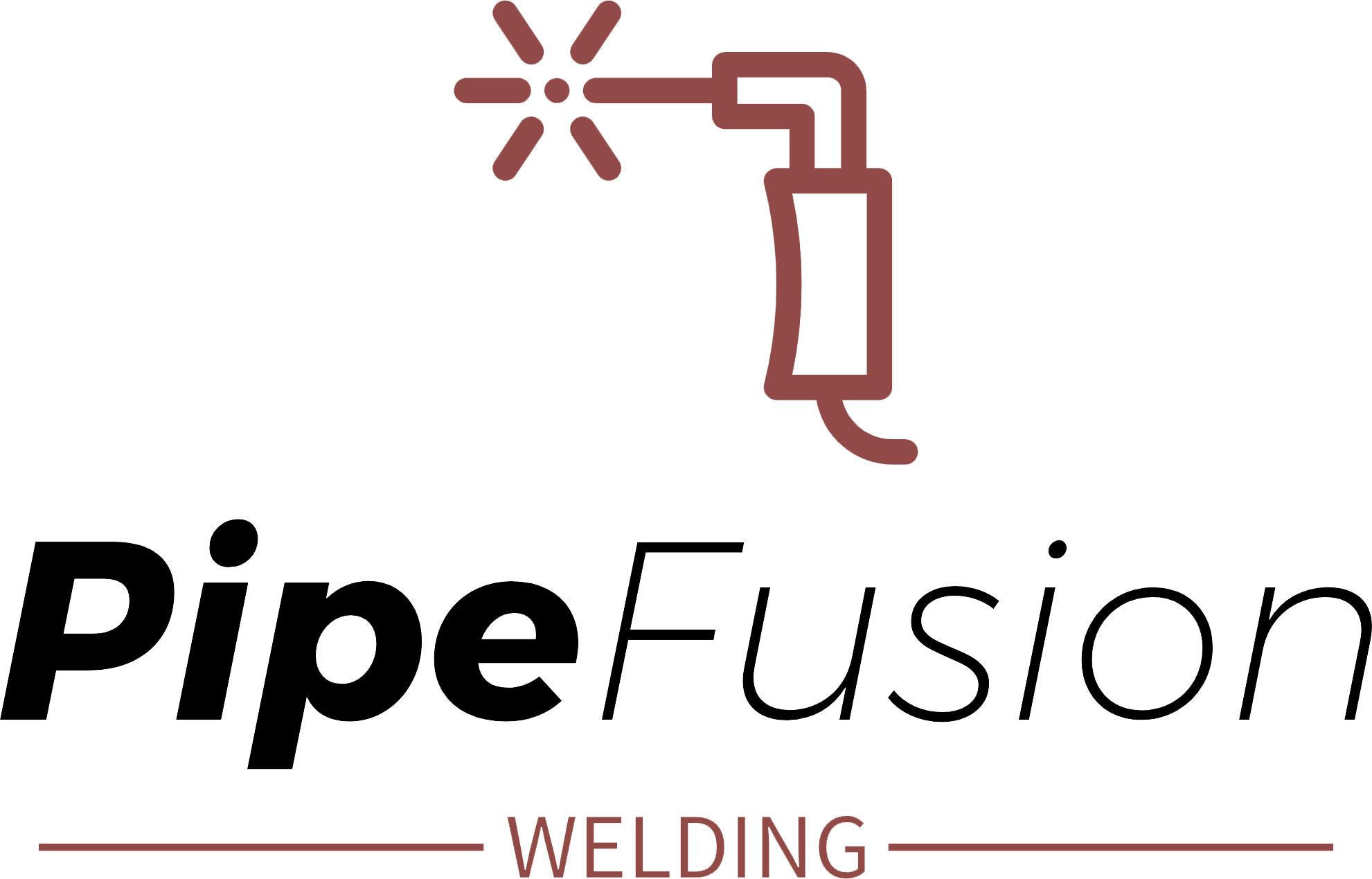As the UK’s water infrastructure ages, the demand for more resilient, sustainable, and efficient systems has intensified. Fusion welding—especially techniques like butt fusion and electrofusion—has emerged as a transformative technology, reshaping the way water and wastewater pipelines are designed, installed, and maintained. In this article, we’ll explore how fusion welding is revolutionising water infrastructure and why it’s the best choice for water utility projects focused on long-term cost savings, durability, and environmental sustainability.
Contact Us
What is Fusion Welding? The Backbone of Modern Water Infrastructure
Fusion welding, including butt fusion and electrofusion, has become the industry gold standard for joining polyethylene (PE) pipes. Unlike traditional joining methods that often rely on mechanical fittings or adhesives, fusion welding involves heating and bonding materials to create seamless, durable joints. This technique not only makes water systems stronger and more leak-resistant but also enhances efficiency, reduces maintenance costs, and aligns with environmental goals.
Why Fusion Welding Leads the Way:
Fusion welding creates a seamless joint that resists corrosion, chemical damage, and physical stress, significantly extending the lifespan of pipelines.
The durability of fusion-welded joints translates to less frequent repairs, meaning lower maintenance costs and reduced operational downtime.
Fusion welding requires no adhesives or solvents, reducing potential contaminants and helping to meet sustainability goals.
With airtight connections, fusion welding prevents water loss, ensuring efficient distribution and reducing non-revenue water for utilities.
Real-World Applications of Fusion Welding
The versatility and strength of fusion welding make it ideal for numerous water infrastructure applications across the UK:
Ensures leak-proof connections, safeguarding potable water delivery across long distances.
Provides durable, corrosion-resistant joints that withstand wastewater conditions.
Meets the complex piping needs of treatment plants, from intake to discharge.
Boosts efficiency and reliability in agricultural water supply, essential for consistent crop irrigation.
Handles corrosive environments, making it suitable for coastal areas where salt exposure is a concern.
Fusion Welding Technology: The Techniques Driving Transformation
Fusion welding relies on two primary techniques: butt fusion and electrofusion, each offering unique advantages for different scenarios.
Butt Fusion
Butt fusion is commonly used for joining larger-diameter pipes (typically between 63mm and 900mm). This process heats the ends of the pipes and presses them together, creating a continuous, seamless bond that mimics the strength of a single pipe. Ideal for long stretches of water main installations, butt fusion is cost-effective for large-scale projects where strong, unbreakable joints are essential.
Key Advantages of Butt Fusion:
- Optimal for straight, uninterrupted runs, reducing the need for additional fittings.
- Creates robust connections capable of withstanding high-pressure water systems.
- Provides a cost-effective solution for extensive installations, reducing time and resources.
Electrofusion
Electrofusion, by contrast, is a versatile solution that uses specialised fittings embedded with heating coils. When an electric current is applied, these coils melt the inner surface of the fitting and the outer surface of the pipe, creating a strong, leak-proof joint. This method is ideal for smaller pipes, tight spaces, or situations where complex pipeline layouts require flexibility. Electrofusion is particularly useful for repairs, branch connections, and spaces where butt fusion is impractical.
Key Advantages of Electrofusion:
- Effective in confined spaces and areas with complex layouts.
- Allows for quick, precise repairs and modifications to existing systems.
- Provides reliable connections for smaller-diameter pipes or segmented pipeline designs.
Choosing Fusion Welding for Your Water Infrastructure Project
If you’re a water utility manager, municipal planner, or facility owner, fusion welding offers several benefits for your infrastructure:
Leak-proof joints mean less water wasted in distribution, directly improving efficiency and reducing non-revenue water.
With fusion welding, pipes are resistant to leaks and corrosion, decreasing the need for repairs and costly service interruptions.
Fusion-welded joints prevent contaminants from entering the water supply, maintaining high-quality standards for end-users.
By reducing water loss, emissions, and potential contaminants, fusion welding helps utilities meet stringent regulatory requirements.
Fusion welding supports both new installations and upgrades, making it an excellent choice for enhancing or retrofitting existing systems.
